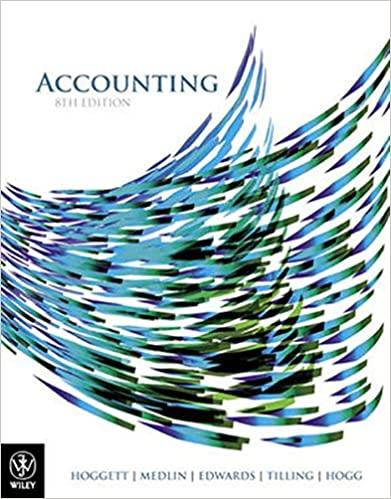Lower-of-Cost-or-Market Inventory On the basis of the following data, determine the value of the inventory at the lower of cost or market. Assemble the data in the form illustrated in Exhibit 9. Inventory Inventory Cost per Market Value per Unit Item Quantity Unit (Net Realizable Value) Birch 24 $286 $296 Cypress 137 Mountain Ash Spruce Willow 34 114 14 174 167 36 174 168 9 251 241 Inventory at the Lower of Cost or Market 6.864 Inventory Item Total Cost Total Market Total Lower of Cor M Birch 12,000 X 12.000 x Cypress Mountain Ash Spruce 4.65 2.436 6.264 willow 2.259 Total Periodic Inventory by Three Methods The units of an item available for sale during the year were as follows: Jan. 1 Inventory 12 units @ $30 Feb. 17 Purchase 6 units @ $32 Jul. 21 Purchase 20 units @ $35 Nov. 23 Purchase 20 units @ $36 There are 12 units of the item in the physical inventory at December 31. The periodic inventory system is used. Round average unit cost to the nearest cent and final answers to the nearest whole dollar, if required. a. Determine the inventory cost by the first-in, first-out method. $ 120,000 b. Determine the inventory cost by the last-in, first-out method. $ 145,600 c. Determine the inventory cost by the weighted average cost method. Aug. 13 Periodic Inventory Using FIFO, LIFO, and Weighted Average Cost Methods The units of an item available for sale during the year were as follows: Jan. 1 Inventory 20 units at $360 $7,200 Purchase 260 units at $342 88,920 Nov. 30 Purchase 40 units at $357 14,280 Available for sale 320 units $110,400 There are 57 units of the item in the physical inventory at December 31. The periodic inventory system is used. Determine the inventory cost using (a) the first-in, first-out (FIFO) method; (b) the last-in, first-out (LIFO) method; and (c) the weighted average cost method. a. First-in, first-out (FIFO) method b. Last-in, first-out (LIFO) method c. Weighted average cost method Gross Profit Method Based on the following data, estimate the cost of the ending merchandise inventory: Sales (net) $9,250,000 Estimated gross profit rate 36% Beginning merchandise inventory $180,000 Purchases (net) 5,945,000 Merchandise available for sale $6,125,000 Cost of Ending Merchandise Inventory










